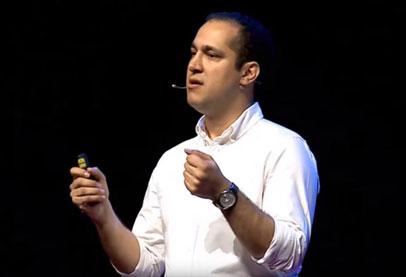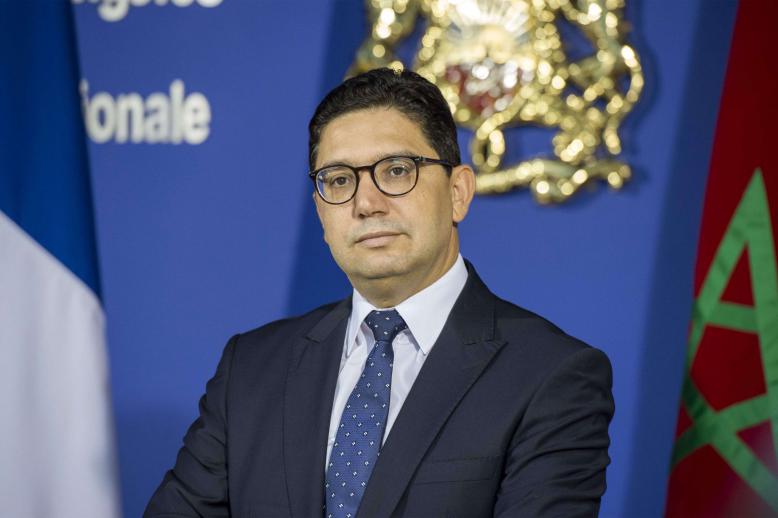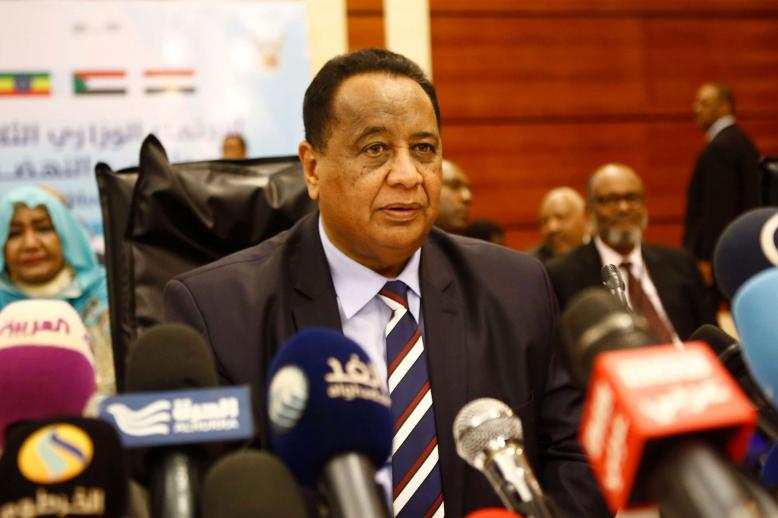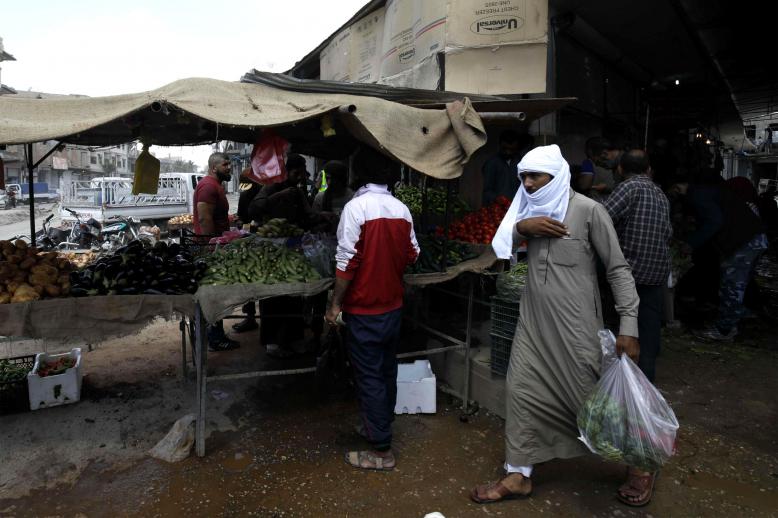Kaveh Madani, Iran’s expat eco-warrior who was on too many fronts

Last September, Kaveh Madani made a brave decision. At 36, he took leave from his post in the Centre for Environmental Policy at Imperial College, London, and returned to his native Iran as deputy head of the Environment Ministry.
Madani has since resigned from the post, apparently a victim of factional battles between the government of President Hassan Rohani and its principlist critics.
Before he took the ministry job, Madani helped raise international awareness of environmental damage in Iran, for example with articles on the “Tehran Bureau” website hosted by the British newspaper the Guardian. However, he wanted to directly shape developments in his homeland.
Once in Iran, Madani’s approach was incremental. “I knew from day one I wouldn’t be able to move the big rock, as we say in Persian,” he told The Arab Weekly. “So I focused on small stones and gravel, believing that eventually the small stones would be more significant than the large rock.”
Madani instigated the Bi-Zobaleh (“no rubbish” campaign) with the slogan “Start with Yourself.” He helped place environmental issues into school curricula and began a social network — “No waste” — on which participants made 1-minute videos. Less promisingly, he spent 72 hours in detention as environmental campaigners were rounded up across the country.
Madani enthused much of Iran’s media. Following his lead, the conservative Tehran Times told readers: “Let’s start with ourselves by producing less trash and avoiding throwing out garbage in the nature.”
Being 36 helped, Madani said when he was still in the ministry job. “The next youngest person at my level is eight years older than me, which perhaps gives me a better understanding of my generation and the majority of the population,” he said.
Starting with his own department, Madani zoned in on bottled water. “I managed to ban it at our offices nationwide and soon other governmental bodies and city councils including Rasht and Tabriz followed suit,” he said.
There is a reason to pay attention to Madani’s activities in Iran in the past eight months. His appointment reflected growing public concern about environmental issues. In the 2017 presidential election, Rohani released a 4-year plan promising specific action on clean air, soil conservation and wetland conservation.
Water shortages have triggered protests in Khuzestan and Isfahan provinces. Countrywide unrest in December and January left 25 people dead. Many villages in Iran’s central plateau have been abandoned due to water shortages and the World Health Organisation reported that 26,000 Iranians die yearly from polluted air.
Rohani claimed some success with Lake Urmia, in the north-west. Once one of the largest saltwater lakes on Earth, it has lost 90% of its surface area since the 1970s. A $5 billion water-conservation scheme, involving the UN Development Programme and the Japanese government, is trying to save the lake and the nearby wetlands.
Madani has had a clear take on Iran’s environmental issues. While climate change, thinning forests and poor irrigation cause water shortages and dust storms, Madani identified the main problem as “hydraulic mission syndrome,” a state of mind in which water shortages require large-scale engineering.
“The dream of human dominance over nature has led to a nightmare of unforeseen consequences,” he wrote in 2016, “reminding us that we must learn to live in tune with nature to sustain ourselves.”
In February, Madani told a conference in Tehran that reducing water consumption was the “only solution.” While the environment ministry is far from rejecting water transfer schemes, it calls them “the final option.”
Part of the reason for Lake Urmia shrinking is 50 dams impeding water flow. Urmia is not alone. The Gavkhooni Wetland near Isfahan, the Hamoun wetlands on the Afghan border and the Shadegan and Hour al-Azim wetlands in Khuzestan are all badly depleted.
The introduction of water-intensive crops, such as sugar cane in Khuzestan, has upset the ecological balance and encouraged transfer schemes. For many years, Iran, facing international sanctions, pursued self-sufficiency in wheat. This encouraged over-use of water to produce a crop that would have been better imported. Emphasis on security and defence sits uneasily with sustainable environmental management.
Hence Madani has faced a political challenge, both from those with vested interests in construction projects and from critics of Rohani anxious to exploit apparent weakness.
The death in custody in February of Kavous Seyed Emami, the 64-year-old head of the Persian Wildlife Heritage Foundation, came after the arrest of Madani, who was held for 72 hours, and other environmentalists.
A Tehran prosecutor claimed that Emami committed suicide after confessing to spying and that cameras set up by his NGO to track the endangered Iranian cheetah were monitoring missile tests. Hossein Shariatmadari, the managing editor of the influential Kayhan newspaper, wrote a column headlined “Iranian Cheetah or Spy” asking: “What are the real identities of US/European experts coming to Iran? And why are they so keen to search the deserts all day and night?” The Arab Weekly reported the story at the time.
Madani’s resignation will no doubt be treated as a victory by principlists. Some of their outlets at the end of March published photographs of Madani dancing at a party, behaviour readily labelled as inappropriate.
The real loser, however, may be Iran’s environment — not just from domestic but from regional and international political battles.
Sand and dust plaguing western and eastern Iran originate partly in neighbouring Iraq and Afghanistan, where instability and violence weaken environmental awareness. Iran also faces a US president who denies climate change, is withdrawing from the 2015 Paris climate accords and seems set on new sanctions against Iran.
Gareth Smyth has covered Middle Eastern affairs for 20 years and was chief correspondent for The Financial Times in Iran.
This article was originally published in The Arab Weekly.




